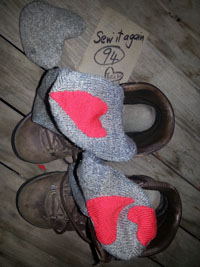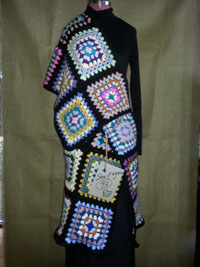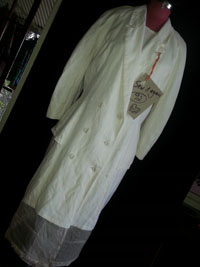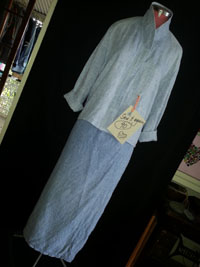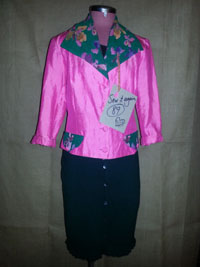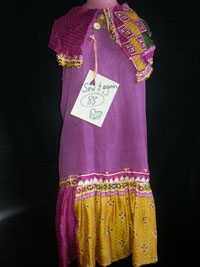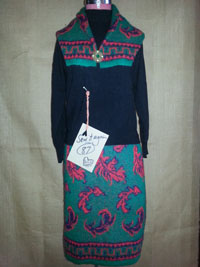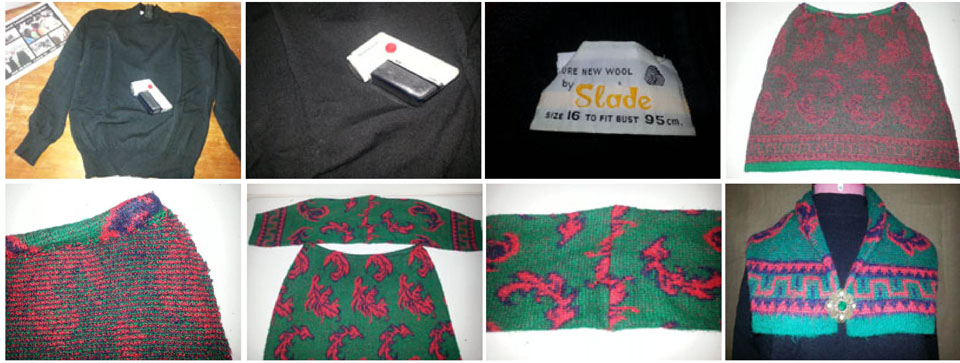 It is affirming to be around people who value your work, as it was for me yesterday meeting many wonderful women of threads at the Australian Textile Artists and Surface Designers Association Queensland social day.
It is affirming to be around people who value your work, as it was for me yesterday meeting many wonderful women of threads at the Australian Textile Artists and Surface Designers Association Queensland social day.
Upcycling existing clothing is not new but many have lost the skills and confidence it requires or are not prepared to spend time and effort in doing so. We all have different priorities and are at different stages of life, but textile artists, designers and quilters, get what I’m about.
A common first-world problem is wardrobes bulging with clothing – we often keep stuff we bought in previous years and (on average) we each go on to buy another 11kg of clothing every year, according to FAO fabric apparel statistics. Multiply that by 7 billion people in the world and you begin to appreciate the impact clothing habits have on global resource use and ecological health. Most of the rejects end up as landfill.
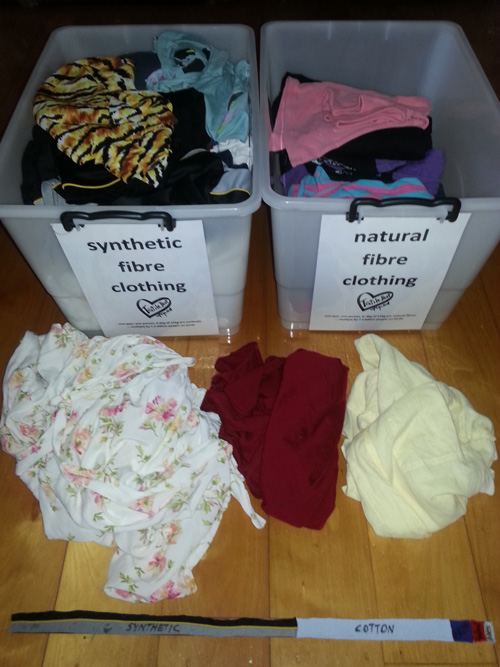 To demonstrate what 11kgs of clothing looks like, I boxed up some cast-offs (thanks Sally) photographed right. To show fibre types, the synthetics nearly fill a 50-litre storage box, the cotton about half a box and the wool, linen and cellulose fibres are about one garment each.
To demonstrate what 11kgs of clothing looks like, I boxed up some cast-offs (thanks Sally) photographed right. To show fibre types, the synthetics nearly fill a 50-litre storage box, the cotton about half a box and the wool, linen and cellulose fibres are about one garment each.
In the front of this photo, there’s a measuring stick distilling the FAO figures from which I’ve calculated that on average, each person in the world is each year consuming 6.6kg synthetic, 3.74kg cotton, 400g cellulose fibres (eg viscose), 200g of wool and 150g flax/linen. In reality, the world is drowning in clothing. You almost can’t give it away except to third-world countries where most first-world cast-offs end up, leaving skill-displacement and disposal problems in their wake. Continue reading

